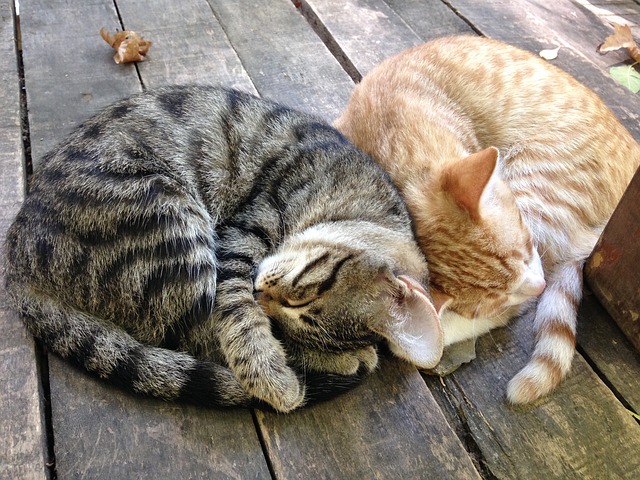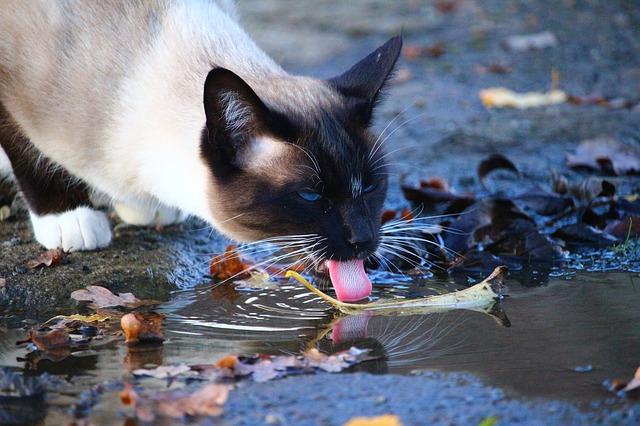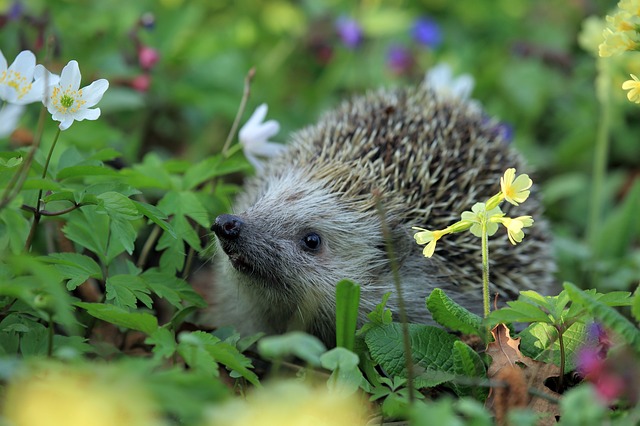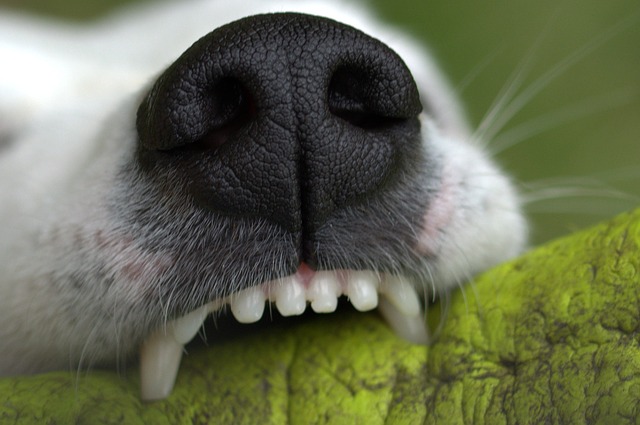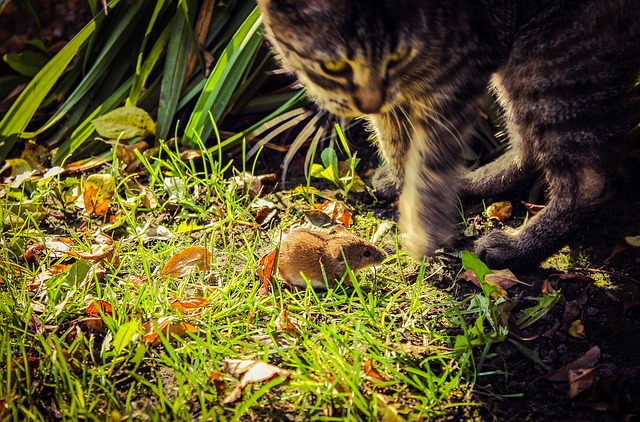
How Can I Help My Cat Lose Weight?
If you can’t feel your cat’s rib cage and backbone easily, there’s a good chance that they are overweight.
Because being overweight can make your cat more likely to develop health problems such as diabetes, arthritis and heart disease, helping them to get down to a healthier weight is one of the best things you can do for their general health.
It’s not as difficult as you might think, especially if the main problem has been eating too much and not burning off the extra calories.
Here are our tips for helping your cat to slim down!
Take It Slow
Your cat may need to lose weight but they don’t need to lose it too quickly. This can cause a potentially fatal condition known as hepatic lipidosis, which results in fat building up in the liver and affecting its ability to work properly.
It’s a lot better for your cat to lose weight gradually – around 1 per cent of their body fat per week is recommended.
Speak to Your Vet
To get the ball rolling, your vet can weigh your cat and tell you exactly how overweight they are.
They can then help you to set a target weight for your cat based on this and advise on how to adjust their calorie intake so that they can lose weight at the right pace.
Cut Their Calories
Weight gain happens because your cat is consuming more calories than they’re burning off so first of all, you need to start controlling their calorie intake.
It’s often suggested that introducing a diet that is rich in protein and low in carbohydrates is a good idea for losing weight as this is quite close to a cat’s natural diet. Your cat should be able to lose excess weight without compromising their lean muscle by following this type of plan.
Have Set Mealtimes
A lot of overweight cats have got used to a “free feeding” approach to their food and expect their bowl to be refilled on demand!
Unsurprisingly, this means that they won’t just eat when they’re hungry and will be consuming far more calories than they actually need. The end result? They put on weight!
It’s hard for you to know exactly how many calories your cat might actually be getting due to the “free” nature of this approach.
The eating habits of cats, who are of course natural hunters, entail eating a little and often. As such, you may want to consider weighing out a daily allowance of dry food and giving them little bit, often. You could also use a feeder or a feeding toy that dispenses a small amount of food at a time.
It’s better to have set mealtimes so that your cat is fed two or three times per day. The bulk of their calorie intake will be spread across these meals. You’ll need to measure out how much food goes into each meal so that they don’t exceed their maximum but it’s far easier to control their calories this way.
Ration Treats
Treats don’t have to go out of the window altogether but you’ll need to dispense them sensibly to stop your cat gaining weight from them.
They can still have a few treats but this should account for no more than 10 per cent of their daily calorie intake.
You won’t be surprised to know that high calorie treats are a no-no, and high carbohydrate treats are also best avoided.
Encourage Them to Be More Active
Most overweight cats don’t get enough exercise so you’re probably going to need to help them to get more active.
You can do this via games that appeal to their hunting instincts and it can also be stimulating for them to have to work a bit harder than normal for their food. Interactive toys that release a treat at the end of the game can be a good option.
Ideally, you’ll want your cat to get at least 10 minutes of physical activity in the average day.
Have you had to help your cat to lose some weight? Do you have any extra tips to share? Let us know in the comments section below!
